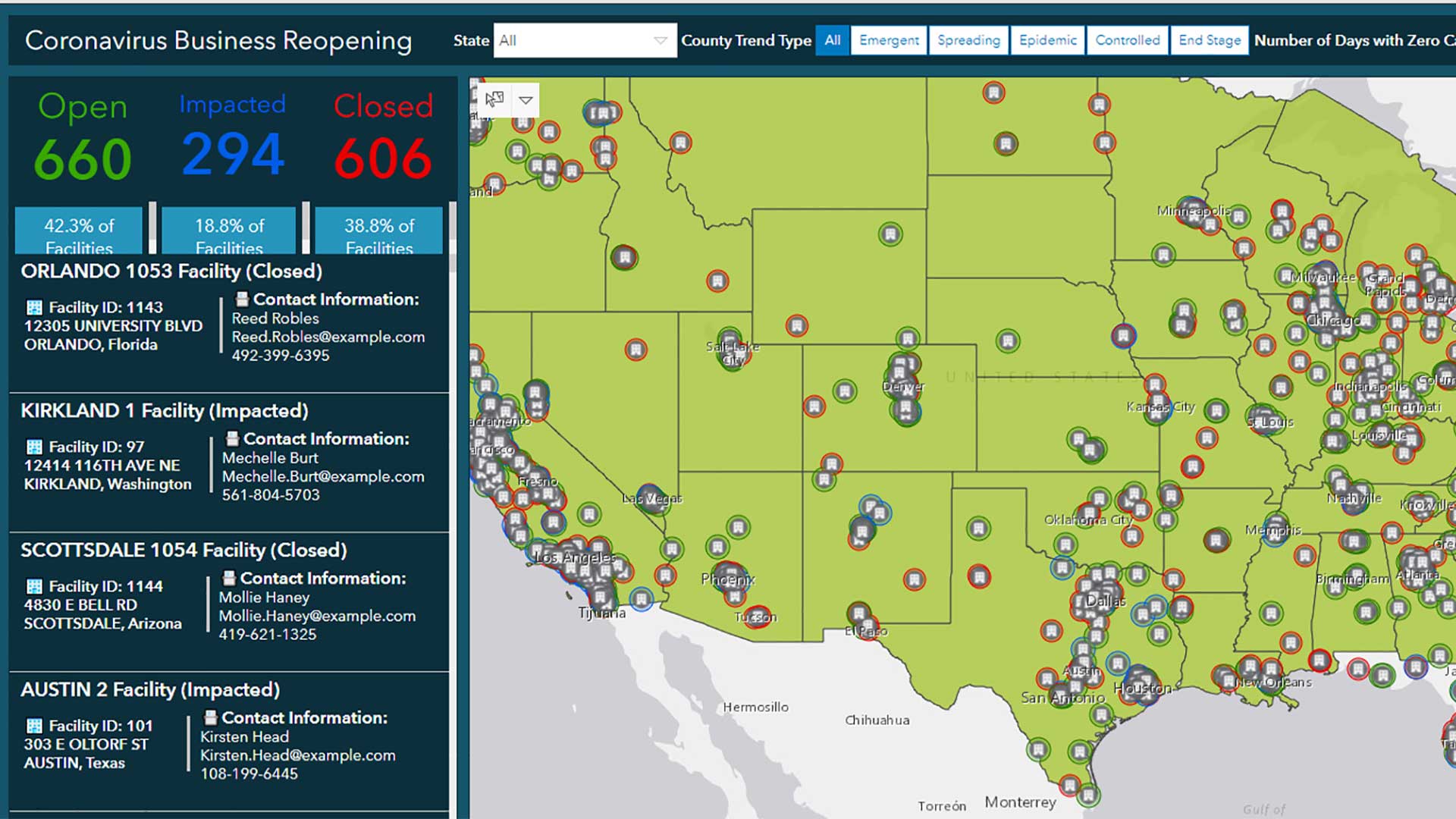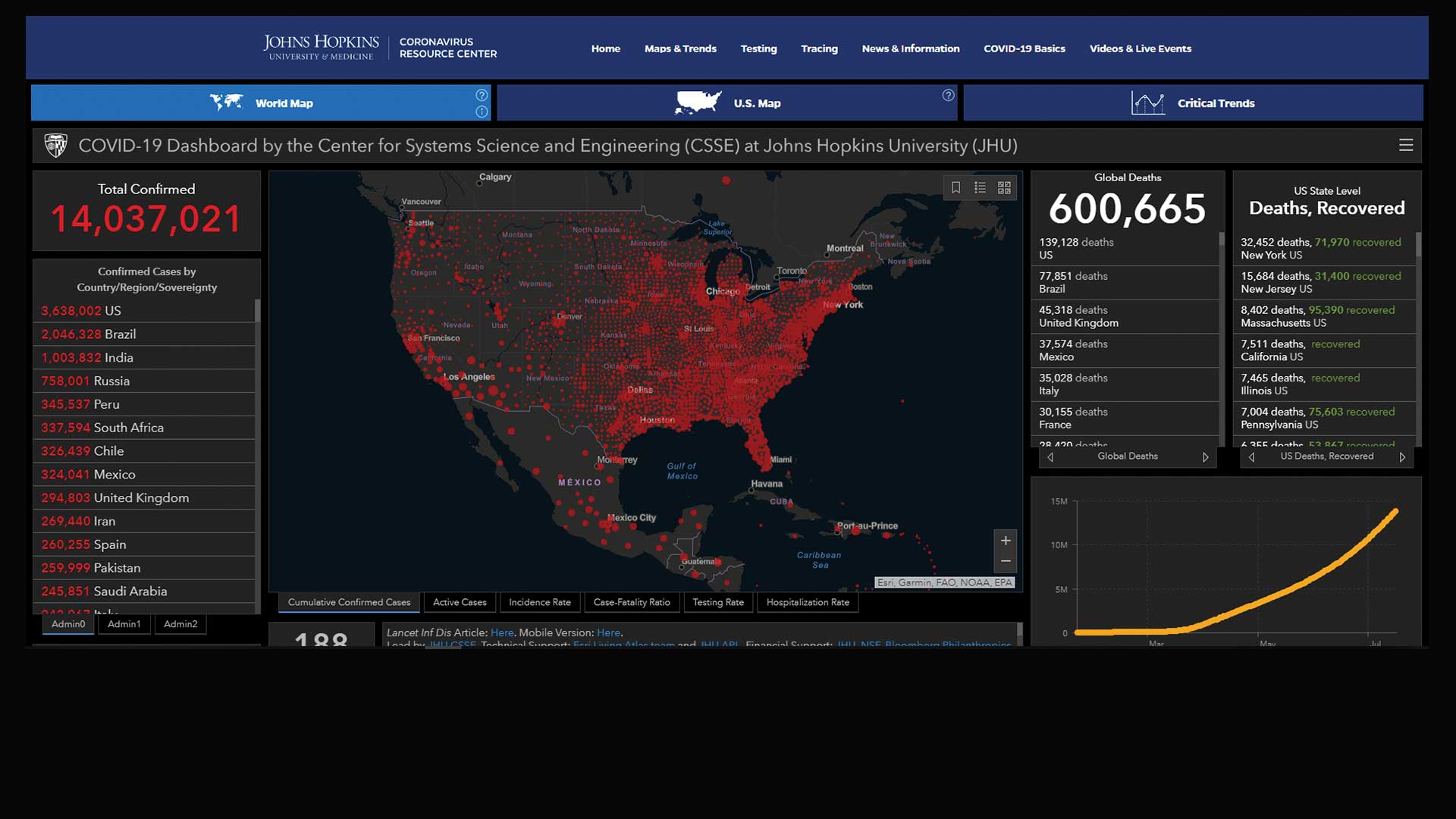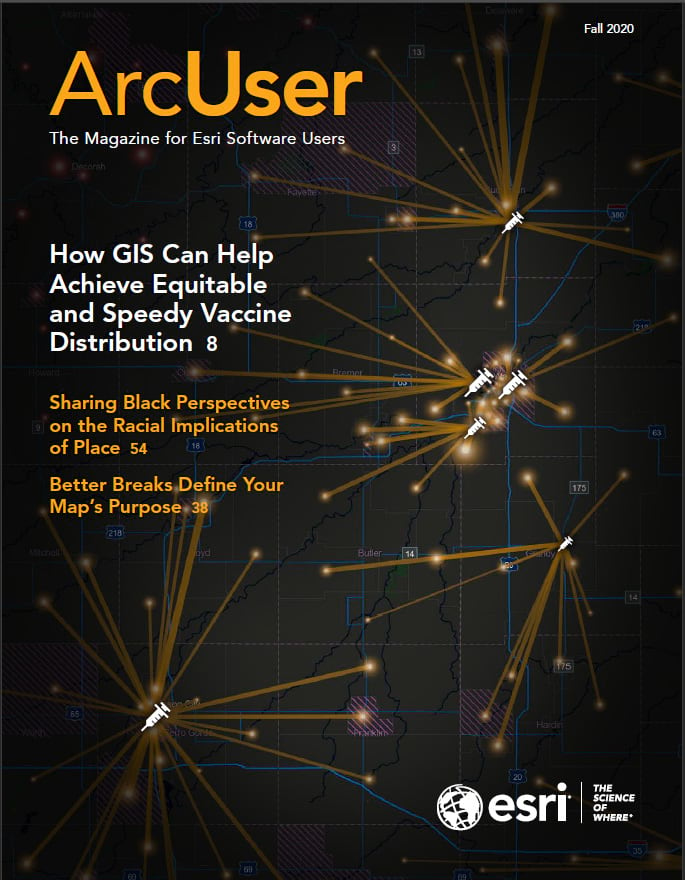Since the outbreak of the COVID-19 pandemic, millions of Americans who now work and school their children at home and online have found that they are more dependent than ever on access to broadband connectivity. This situation has made the technology gap experienced by low-income populations and uneven access to broadband even more pressing issues. Since 2001, Connected Nation, a nonprofit 501(c)(3) organization has been working to bridge this digital divide.
Well before the COVID-19 pandemic, Connected Nation had been working to find innovative solutions for connecting all Americans to high-speed internet and related technologies.
This includes developing and providing tools, resources, and methods to help local communities, states, and federal agencies create and implement solutions to address their broadband and digital technology gaps. Through broadband mapping, community engagement, digital literacy, job placement, education assessments, and telehealth research and development, Connected Nation assesses and plans for the expansion of broadband access, adoption, and use.
When response to the pandemic began shutting things down, all aspects of life became even more tied to broadband. People found they couldn’t work from home
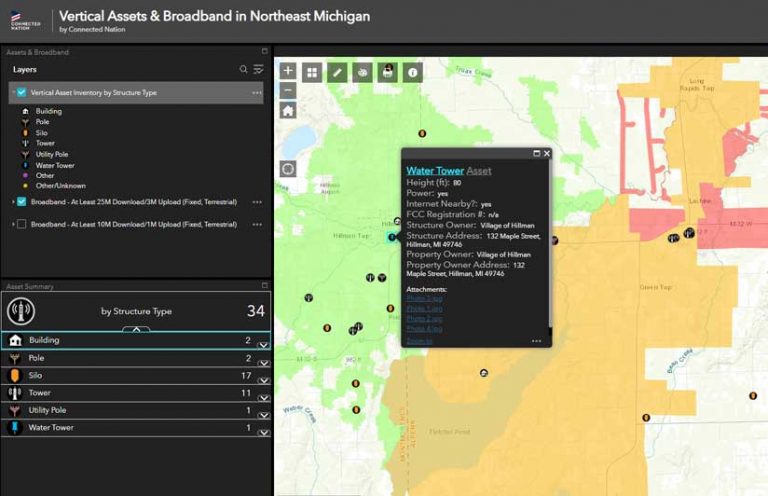
if their broadband connection was not fast enough. Students who lack a high-speed internet connection and a device of their own couldn’t keep up with connected classmates. Quarantined persons without broadband connectivity couldn’t stay at home if they couldn’t order food, household items, and medications online.
This situation compelled leaders at all levels to seek ways to improve broadband connectivity for residents and businesses immediately. Now, people are paying significantly more attention to the areas of the country that are underserved (i.e., have internet access, but at subpar speeds) or unserved (i.e., lack any internet access). Unfortunately, increased attention to these issues has not led to an immediate resolution of these problems for most people.
GIS and location intelligence can provide key information for fashioning new solutions. It can be leveraged to identify unserved and underserved locations, map broadband service areas, evaluate broadband assets and infrastructure, and provide data visualization applications to policy makers and grant-making agencies that can help enable funding for areas that need the most help getting connected.
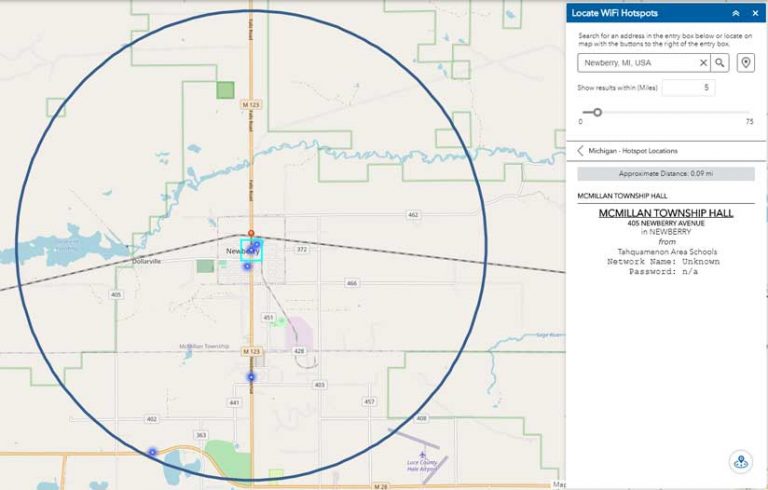
Using GIS to Understand Broadband Access
Better and more accurate broadband mapping helps policy makers, city planners, politicians, providers, and others understand where and how to reach families, businesses, farmers, and others who are unserved or underserved by current broadband connections.
Although there is a federal broadband dataset that is available from the Federal Communications Commission (FCC), known as Form 477, there are several known issues with the data completeness, format, and quality. Not all broadband providers submit broadband service data as required. In addition, not all providers have GIS capabilities or resources to ensure the accuracy of the filings.
Fixed broadband data is filed only as a comma-separated values (.csv) file, which leads to issues when providers aren’t able to visualize and confirm the areas being submitted. Fixed wireless services are filed as census block lists instead of propagation models. Also, there is inherent overstatement with data that uses census blocks as the unit of measure when broadband networks are independent of these boundaries. Provider-submitted data is not thoroughly validated to confirm its accuracy.
While the FCC is currently working to implement the Broadband DATA Act passed by Congress on March 23, 2020, to implement a new mapping program, all these issues pertaining to the current federal broadband datasets make them inadequate for the identification of unserved/underserved areas and the local planning efforts that can make a difference to disconnected Americans.
To facilitate more detailed and accurate broadband mapping, Connected Nation carries out four primary tasks:
It works directly with broadband providers to understand their networks, service areas, technologies used, and speeds available by collecting information and mapping networks. Because some providers do not have GIS resources data on their broadband service areas, this data cannot be provided in a geospatial format. Connected Nation bridges this resource gap. With participation and feedback from broadband providers, Connected Nation produces those files.
- It researches and reviews various federal and state databases, provider websites, telecommunications provider associations, and other resources to facilitate discussions with providers on their licenses, spectrum, franchise agreements, and other details that assist in the mapping process.
- It collects public feedback to identify discrepancies between the mapped service areas and broadband access at each household, identify areas of significant demand where broadband services are not available, and collect firsthand accounts of speed and pricing issues experienced by consumers.
- It conducts field validation to confirm the presence of broadband services, tests networks, collects additional infrastructure details, refines the boundaries of broadband service areas, and works with providers in the field on other needed information to ensure the accuracy of map representations. Field validation also provides a way to resolve challenges to the broadband maps submitted by local residents, community leaders, and other broadband providers to ensure that the next version of the broadband availability map is more accurate and detailed than the previous iteration.
These tasks work together to develop and update broadband mapping information products that include static maps, interactive maps, household/population availability estimates and statistics, and—most important—the accurate identification of unserved and underserved residents and communities across the country. These communities need the most help, especially during the COVID-19 pandemic when broadband access is a lifeline.
To accomplish these tasks and develop the information products that are essential in closing the digital divide, Connected Nation utilizes several Esri products and solutions and continues to innovate technological offerings to provide resources to identify disconnected areas across the nation.
Custom and responsive interactive maps that show decision-makers the areas most in need, while displaying analysis results on the existing broadband networks, are powerful tools for closing the digital divide.
Connected Nation has also taken advantage of the various mobile work applications, especially the ArcGIS Collector app, so that telecom engineers can track existing or potential broadband assets and infrastructure, review areas challenged as served or unserved, and refine broadband service areas as needed. These location intelligence tools have been instrumental in providing community leaders with the necessary information to make analytics-driven decisions to help the most vulnerable in their communities.
Beyond Data: Connecting People with Pressing Needs
Connected Nation is dedicated to improving lives through the expansion of broadband and technology access, adoption, and use. Connected Nation looks beyond infrastructure when addressing broadband issues because access to infrastructure is only the beginning of an individual’s or community’s journey to fully leverage technology to improve quality of life and support community and economic development.
Connected Nation recognizes that to fully participate in a digital economy, communities need to address not only the access to broadband (supply), but also the ways in which it is adopted and used (demand). Wires and wireless signals are useless if they are not leveraged to improve civic engagement, improve leadership, and develop local human capital.
Even if broadband access is available, that doesn’t mean all households have a computer or other devices for work and/or education. Based on Connected Nation surveys and research, barriers to adoption include cost, lack of digital literacy, and a perceived lack of relevance to the user. That is why Connected Nation uses a holistic approach to understanding the broadband landscape across local communities and states that includes community engagement, education assessments, telehealth, and digital literacy and job placement.
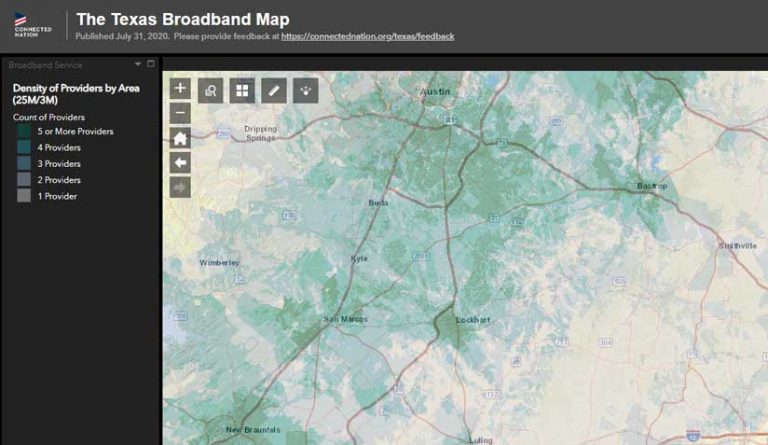
Community Engagement
The Connected Community Engagement program provides a way for local elected officials and community stakeholders to work together and chart a course for accelerating local access, adoption, and use of broadband and related technologies.
Education Assessments
Connected Nation believes that all children should have adequate access to the latest technology in schools. Its work includes school technology assessments, E-rate program assistance [an FCC program that makes telecommunications and information services more affordable for schools and libraries], and closing the homework gap by getting students access to broadband and devices so they have equal educational opportunities.
Telehealth
Connected Nation studies the use of information and telecommunications technology to support long-distance clinical health care, patient and professional health education, public health, and health administration. Find more information at https://connectednation.org/telehealth-research-and-development/.
Digital Literacy and Job Placement
Its Digital Works program connects people to leading-edge customer support and IT jobs for global corporations by providing training, mentorship, and job placement assistance, as well as the opportunity for work-at-home and advanced careers.
Residents are voicing their personal needs for improved broadband and technology access across the country. Communities are seeking economic development opportunities to keep and attract residents and businesses with proximity to broadband access. Teachers are advocating for students since the homework gap now starts as early as kindergarten for disconnected children.
The lack of broadband access and its related technologies for all residents has a very real impact on the success, opportunities, and prosperity of students, residents, and communities. Children, the workforce, and the economy are relying on it.


